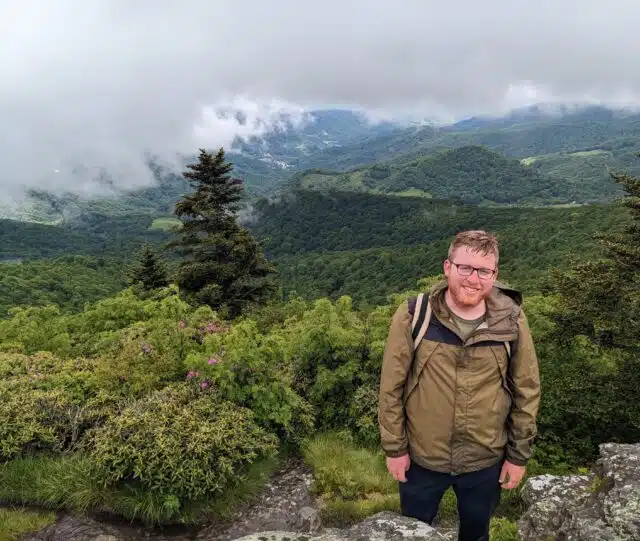
A lot of science and conservation is learning by doing, so I would like to provide an update on our lady’s slipper orchid conservation project. This is our first time growing orchids from seed. On December 11, 2020, Field Station Specialist Jing Wang and I sowed seeds of Cypripedium reginae, the showy lady’s slipper, collected in a Holden natural area. Details of the first steps can be seen in a previous blog entry here. It has now been nine weeks since we sowed the seeds, and we have good news to report. We have germination!
The first step after sowing the seeds was to place them in darkness (i.e. a filing cabinet outside Research Scientist Na Wei’s office) for several weeks. One week after sowing we checked for contamination – the germination environment should be kept free of microbes (mostly bacteria and fungi). When sowing the seeds, we work under a laminar flow hood that reduces particles in the air, and we sterilize our tools before use. The challenge is that it is impossible to see these microbes with the naked eye, and any contaminants will take over the culture tube if given time to incubate (see the unknown contaminants on the right). We think the COVID-19 mask precautions may have improved our sterile technique by reducing the risk of contamination from our breath.

A few weeks after sowing, germination is evident. The orchid seedlings grow into a structure called a protocorm with shoot (A) and root (B) tips and rhizoids (C) (below). The shoot and root tips will grow into the respective above- and below-ground structures of a mature orchid, while the hair-like rhizoids aid the developing seedling in anchoring itself to the growing medium and uptaking water and nutrients.

Once the seedlings were about 7 weeks old, we transfered them from germination test tubes to flasks or individual test tubes where they can be spaced out. These seedlings will remain here for several months in the dark, growing larger and larger until the shoot tip is approximately 0.5-1 cm tall. At this stage, they will be ready to be taken out of their sterile environment!

We were fortunate to have many more seedlings than we needed, so we prepared some to share with the visitors of Orchids Forever at the Cleveland Botanical Garden. Stop by to see some of these seedlings and thousands of other orchids in person!

Connor Ryan, MS
Rhododendron Collections Manager
My group is engaged in three things at Holden: curating the Rhododendron collection, breeding landscape plants, and stewarding the David G. Leach Research Station. Current collections focuses include North American native rhododendrons and azaleas, especially R. flammeum, R. prunifolium, and the Ohio natives, as well as any non-native species that may be adapted to our climate. Breeding focuses are on broader adaptability in elepidote rhododendrons, reblooming in evergreen azaleas, and a few smaller projects with Pieris and Hamamelis. We strongly believe in the value of living collections and are happy to share non-proprietary germplasm or accommodate collections-based scholarship. If you work for a botanical garden or nursery interested in rhododendrons (or azaleas) or are a scholar studying them, please get in touch. We would love to help with your work.












